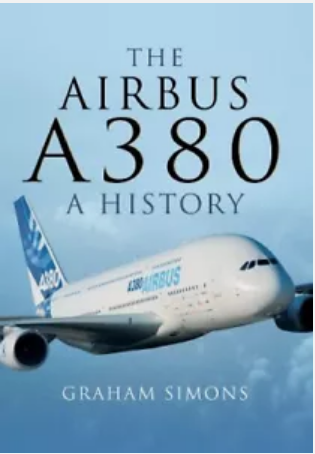Aeronautica Macchi Fighters: C.200 Saetta. C.202 Folgore. C.205 Veltro
By Luigino Caliaro
Crécy Publishing. 2024. 288pp. Illustrated. £40. ISBN 978-1-80035-280-3
This is a masterpiece of a book! A volume describing in incredible detail the fighters produced by the Italian manufacturer Macchi during the Second World War. Until now the English language coverage of Italy's combat aircraft during the 1939-45 conflict has been minimal, which means that their achievements have been, to a certain extent, rather pushed under the carpet in comparison to their Allies in the German Luftwaffe. No longer, because here we have the full story, which should enable historians more knowledgable than this reviewer to compare Macchi's aircraft against their American, British and German counterparts and rivals.
After a brief history of the company, the volume examines the evolution of the monoplane fighter in Italy during the 1930s, it then looks at each of the three main types before moving on to operational variants and planned developments. The reviews of each fighter type covers development and production, with breakdowns of the different versions and technical descriptions, and then their service careers. These are followed by post-Armistice operations (both with and against German forces - the Armistice for Italy came of course in September 1943) and post-war service (including the Egyptian Air Force), there is a large section on camouflage and markings, and finally a full chapter detailing surviving airframes; Appendices cover Orders of Battle and Regia Aeronautica air aces.
The text is very well written and the depth of coverage, for example with combat operations, is far far ahead of anything previously available in English language – there are numerous accounts for example written by former wartime pilots. But the biggest plus of all is the enormous number of photographs and detail drawings within, many contemporary photographs are in colour, and the standard of reproduction throughout is incredibly high. In addition a very high proportion of photos are printed in large format which modellers will undoubtedly appreciate (other publishers should take note of this).
Macchi Fighters is an excellent read but also a volume to dip into time and again, and it hits and sets standards which will be difficult to beat. Accompanying volumes are expected to follow covering the other Italian fighter manufacturers of World War II. I cannot wait! Very highly recommended!












